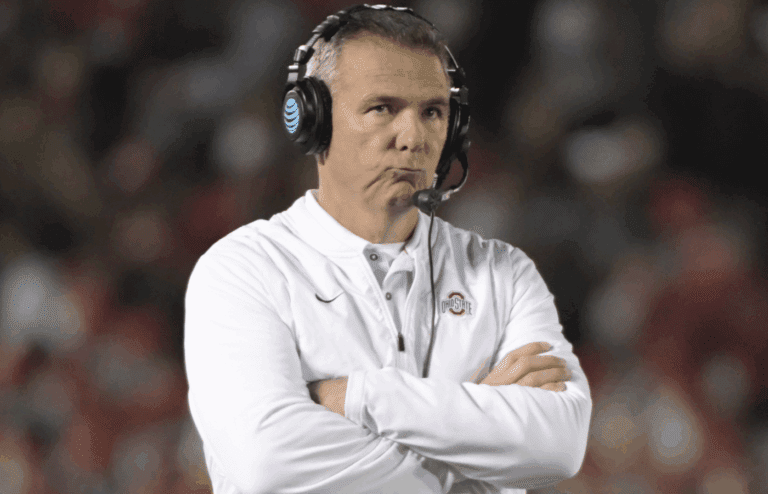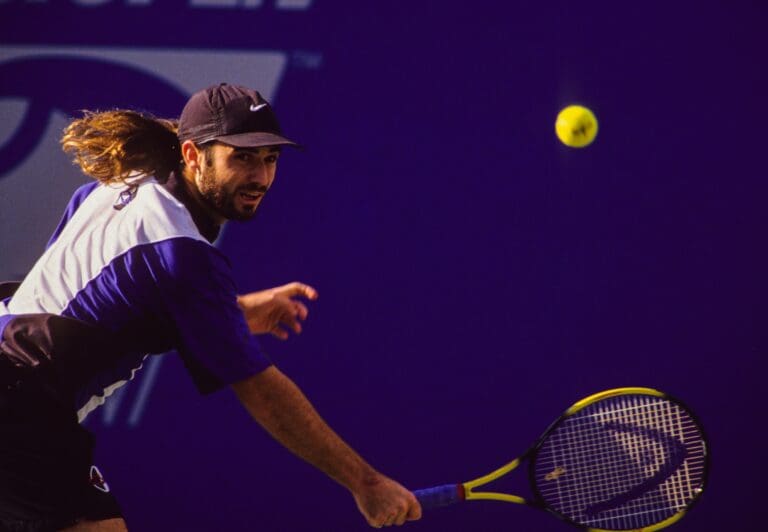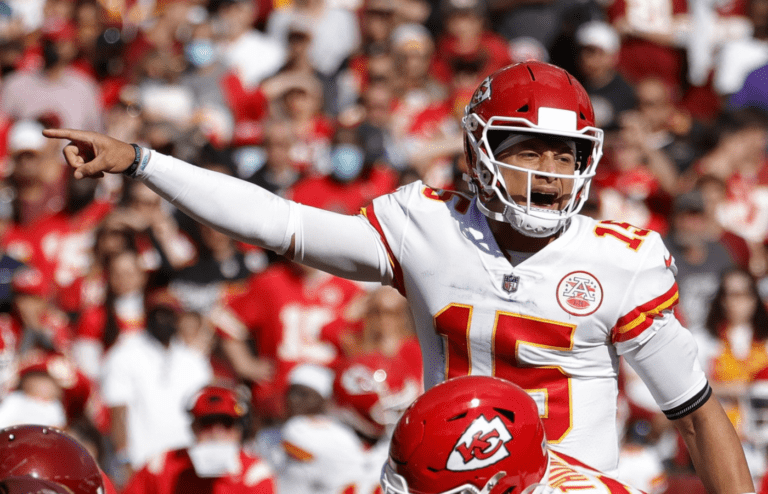College football never forgets its legends — but it doesn’t spare them either. Programs like Miami, USC, Nebraska, and Texas A&M were once the giants of the sport, dominating Saturdays and filling trophy cases with ease.
But winning in the past doesn’t guarantee success today. These former powerhouses are learning that history can be both a blessing and a burden. In a constantly evolving sport, they chase ghosts — struggling to keep up with a game that has already moved on.
The Swagger Trap: Miami and USC’s Mirror Image Meltdown
In their primes, Miami and USC were football’s rockstars.
Miami didn’t just win — it revolutionized the sport with attitude and speed. From the 1980s to the early 2000s, The U was must-see TV. It was brash, loud, and utterly dominant.
Meanwhile, USC owned the West Coast, with Pete Carroll’s early 2000s teams running through the Pac-10 like a Hollywood script — Heisman winners, NFL talent everywhere, and celebrity cachet few programs could touch.
But what once worked became their undoing.
Both programs:
- Both programs were hard-hit by NCAA sanctions—Miami for booster scandals and USC for the fallout from the Reggie Bush controversy.
- Looked for big-name coaches instead of the right ones — chasing headlines over long-term success.
- Became trapped in a vicious cycle of hype and disappointment — every offseason began with “We’re back!” declarations, followed by mediocrity.
Their swagger once built dynasties — but swagger without consistent success only invites ridicule.
Lost in the Conference Shuffle: Nebraska and Texas A&M’s Identity Crisis
Where style, Nebraska, and Texas A&M cursed Miami, and USC was cursed by geography and ambition.
Nebraska was once a Midwestern powerhouse, crushing teams with physicality and an unstoppable option attack. However, it lost its recruiting base and identity when it left the Big 12 for the Big Ten in 2011.
The Big Ten didn’t play to Nebraska’s strengths. The Cornhuskers’ Texas pipeline dried up, and their brand of football began to look like an old VHS tape in a streaming world.
Texas A&M’s journey was different — but equally ironic.
In 2012, the Aggies left the Big 12 for the SEC, chasing elite competition and bigger payouts. They had everything a modern program needs:
- Massive financial resources (thank you, oil money).
- A passionate, loyal fanbase.
- Strong recruiting classes fueled by SEC prestige.
But the results never matched the investment. Despite high-profile hires like Jimbo Fisher and blockbuster recruiting wins, A&M became college football’s ultimate underachiever — a program forever on the brink but never breaking through.
Both Nebraska and Texas A&M thought changing conferences would elevate them. Instead, it left them stranded — Nebraska culturally out of place, A&M forever trying to buy its way to relevance.
The Legacy Problem: When History Becomes a Burden
The most fascinating connection between these four programs isn’t just their fall — it’s their shared mistake.
They all assumed history was enough.
They believed brand power, tradition, and fan loyalty would carry them back to the top. But college football has changed. The teams that dominate today — Alabama, Georgia, Michigan — aren’t just leaning on history. They’re building new ones.
What successful programs do differently:
- Adapt to modern recruiting landscapes (embracing NIL and transfer portals).
- Invest in player development and facilities over short-term hype.
- Hire forward-thinking coaches who fit the program’s culture — not just big names for headlines.
Meanwhile, Miami, USC, Nebraska, and Texas A&M keep repeating the same cycle — looking backward to their history instead of moving forward toward progress.
Can These Programs Rise Again?
College football loves a redemption arc.
Miami has the recruiting hotbed of South Florida at its doorstep. USC still sits in a talent-rich Los Angeles market. Nebraska boasts unmatched fan loyalty. Texas A&M has the resources to build a juggernaut.
But none of that guarantees success.
History is a trophy case — not a roadmap. The programs that rise again will be the ones that respect their past — but refuse to live in it.
Tradition is a powerful thing. But in college football, it only means something if you’re still adding to it.
Related: The 15 Most Overhyped College Football Teams of the Past 20 Years








